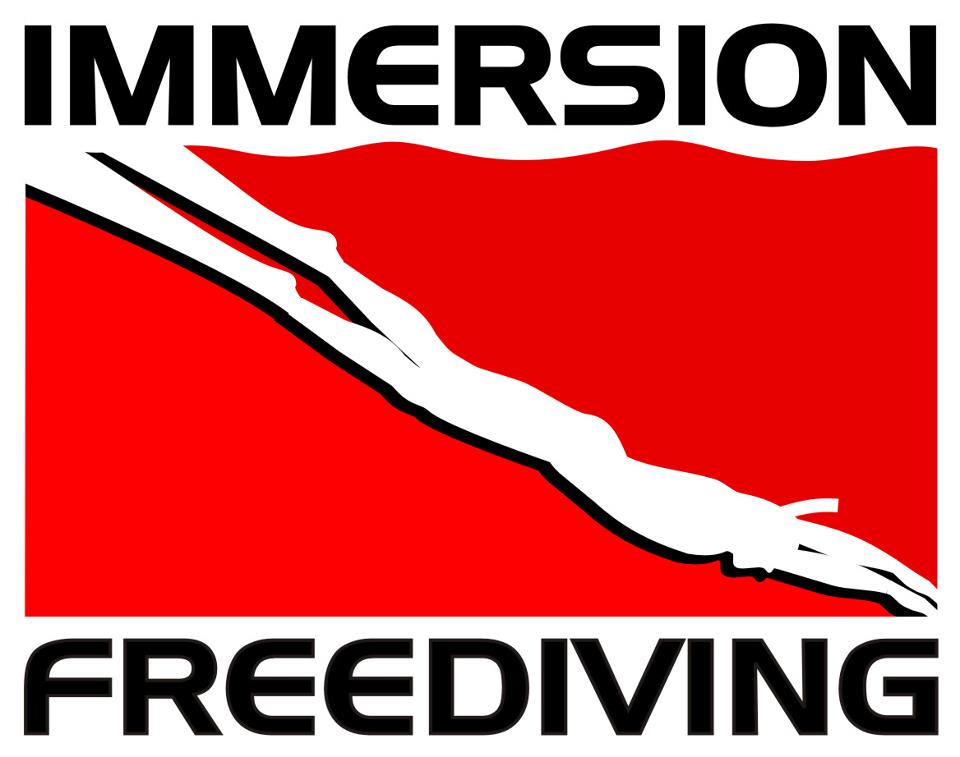How you breathe, hold your breath and kick are pretty essential to the sport of freedive spearfishing. During my courses I deal with a wide variety of experience levels. Some students can only freedive to 20ft. and some are already hunting in 50-70ft. of water when they walk through the door. The folks that are new to the sport typically have an inefficient kick, while most students that are hunting at 50-70ft have a decent kick, but I’m always surprised at the number of them that can hunt in that range but still have a really poor kicking technique.
Let’s discuss some basic concepts of what I teach with kicking. You may have felt that when you start your dive it’s hard to leave the surface because you are so buoyant. You have probably also felt that the deeper you go, you don’t need to kick as hard, and at some point in your dive you might have felt that you didn’t even need to kick at all, you could just sink the rest of the way. By the way, this is my favorite part of the dive, and why the name of my boat is “Sink Faze.”
Since we know that our buoyancy changes throughout the dive, does it make sense to kick with the same intensity throughout the dive or should we kick harder at the beginning, softer in the middle and ultimately stop kicking altogether and sink the rest of the way? This is what I teach all of my students to do.
Now let’s look at the actual kick. Many spearos kick down at a 15-30% angle. Every spearfishing student comes into my course looking to increase their bottom time at depth. Want more bottom time at depth, the answer is dive straight down. There are numerous reasons that could send you down at an angle as opposed to straight. Such as looking where you are going, how your arm and gun are positioned, and especially your kick technique. Ultimately your kick is the biggest reason you are going down either straight or at an angle. If your kick is going the same distance in front of your body as behind your body, you will dive straight down.
Let’s look at Photo A: Here you can see his kick is equally forward of his body as well as behind his body. This propels him straight down. You can also see his front leg and thigh are actually in front of his body. This is something many spearos don’t do properly. Also notice that because he is deeper, he’s not kicking so hard (the kick isn’t as wide).

Now look at Photo B: Here you can see his back leg is bent at a 90 degree angle, and you can also see his front fin and leg are not nearly as forward of his body. You can see he is going at an angle towards the line. In the beginning my students often start their dive at an angle, which pushes them towards the line. Once they start running into the line, they realize they are going down at an angle and adjust their kick. This is one of the many reasons I teach with a line.

Let’s look at Photo C: Here again you see the kick is mostly behind him, but there is another problem. The divers back is slightly arched putting his pelvis and therefore his entire kick behind him, which is why he is going down at a slight angle towards the line.

So pay attention to how you’re kicking the next time you go spearfishing, and get your buddy to video so you can see what you’re really doing.
Stop by the Immersion Facebook page and let me know what you want me to write about in my next column.
Dive safe out there!
Ted Harty
